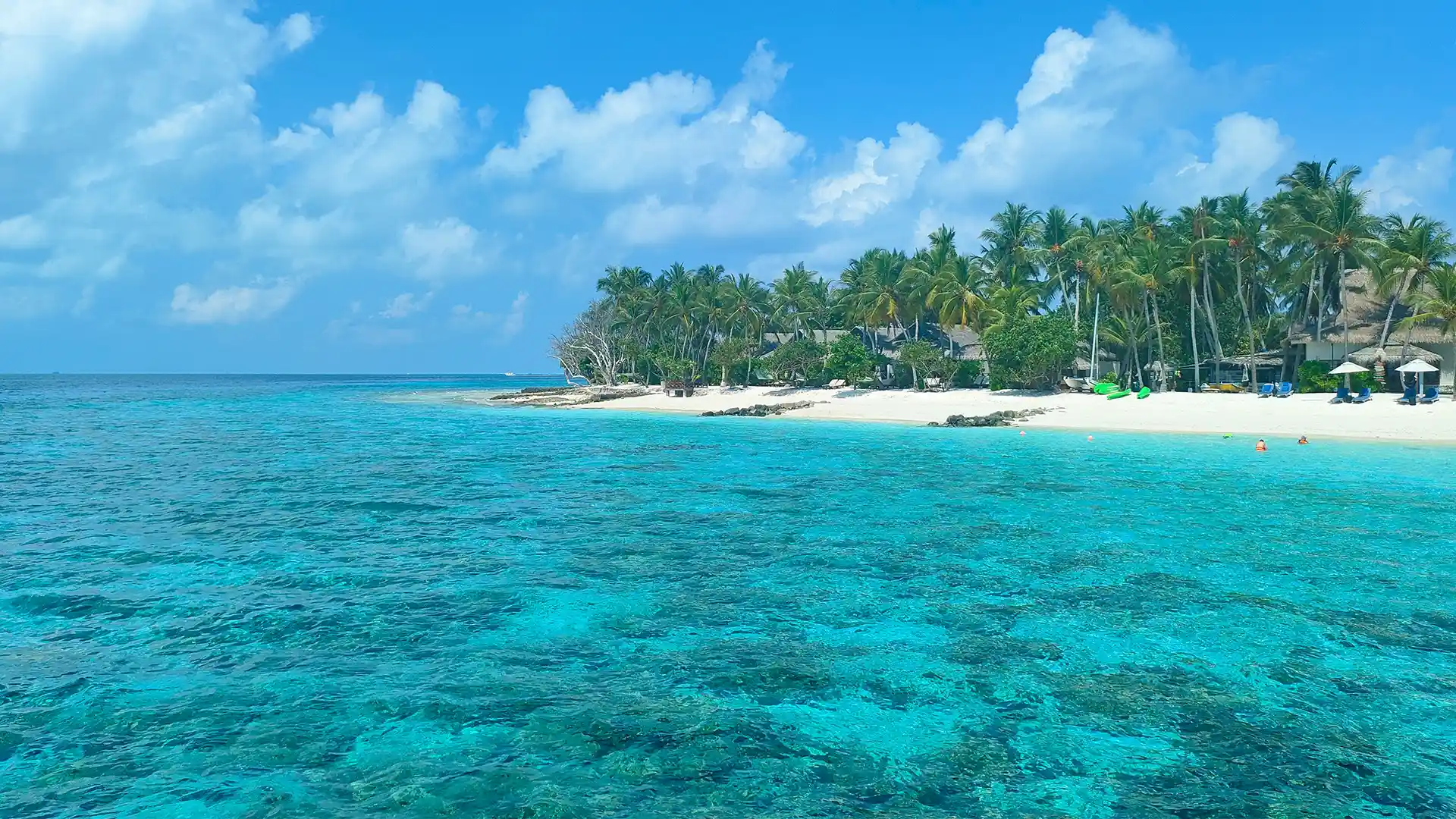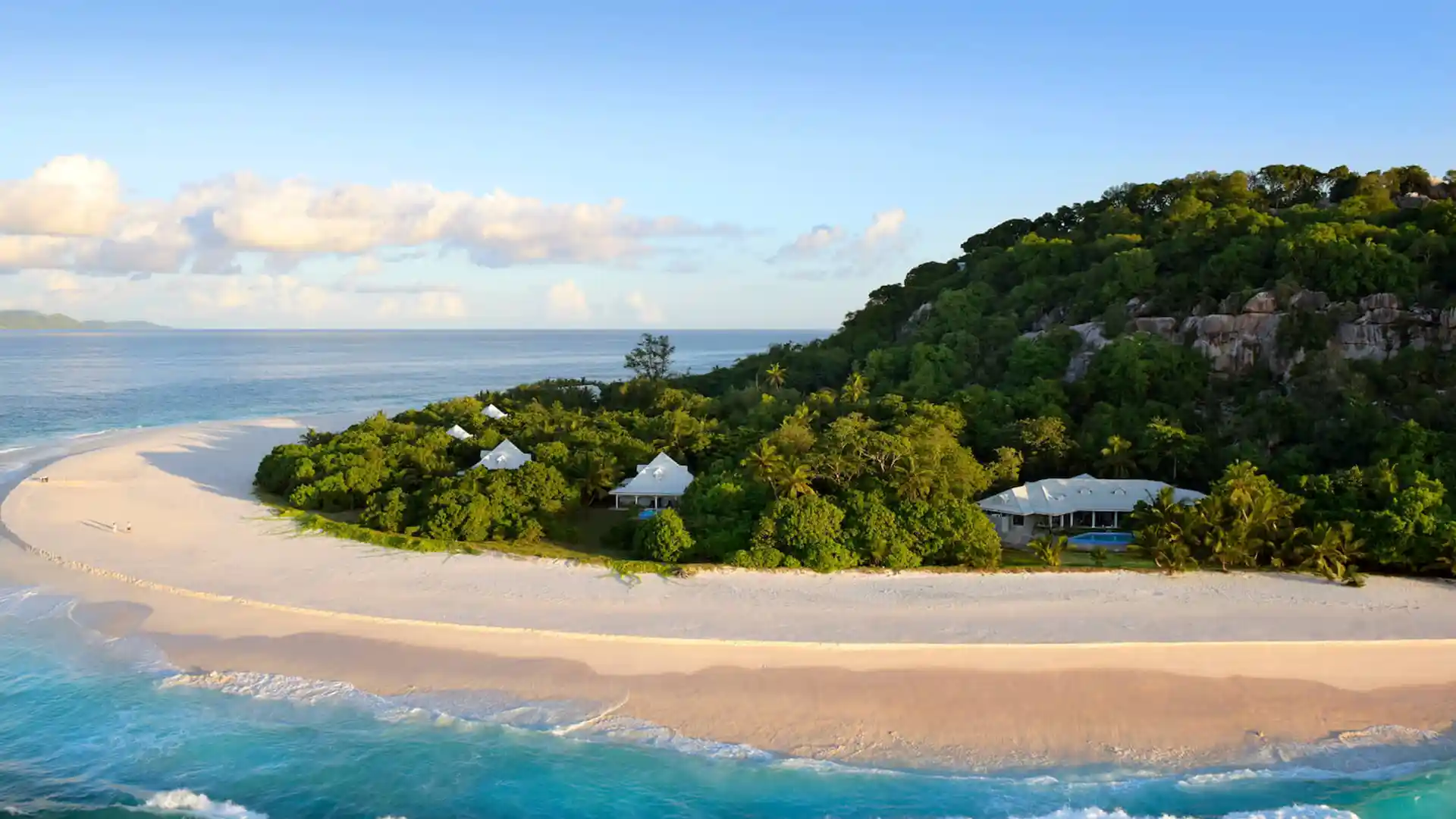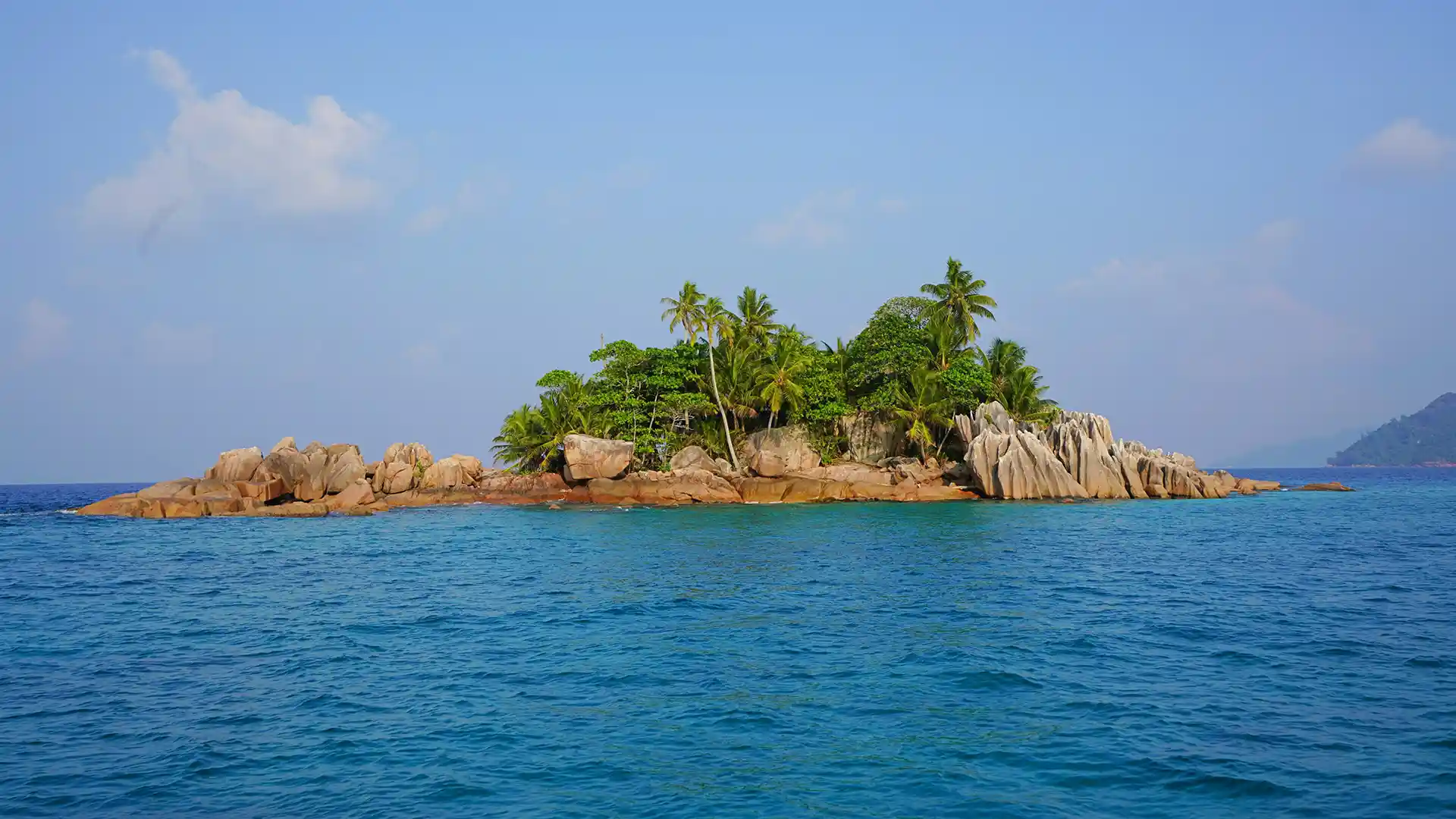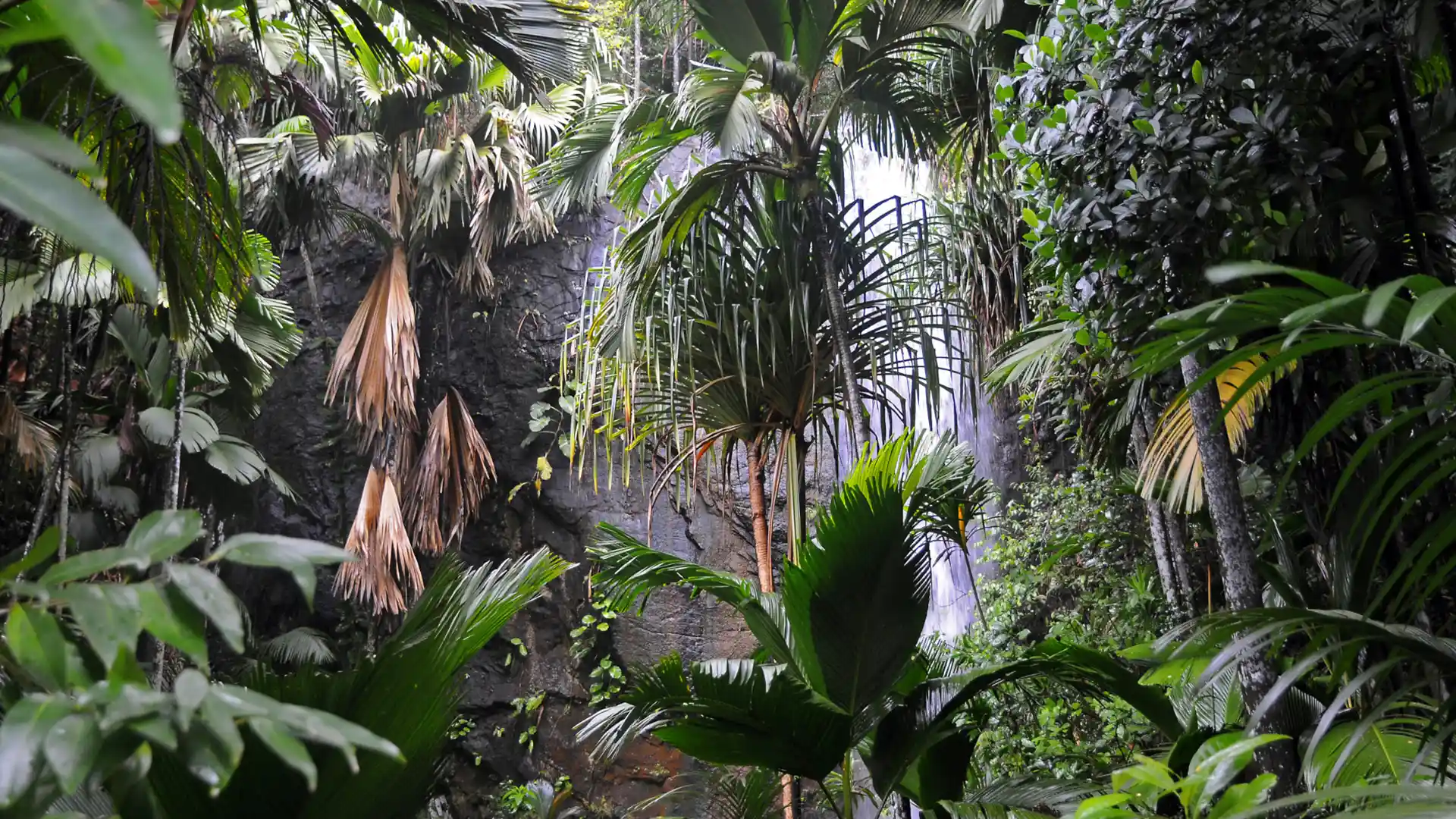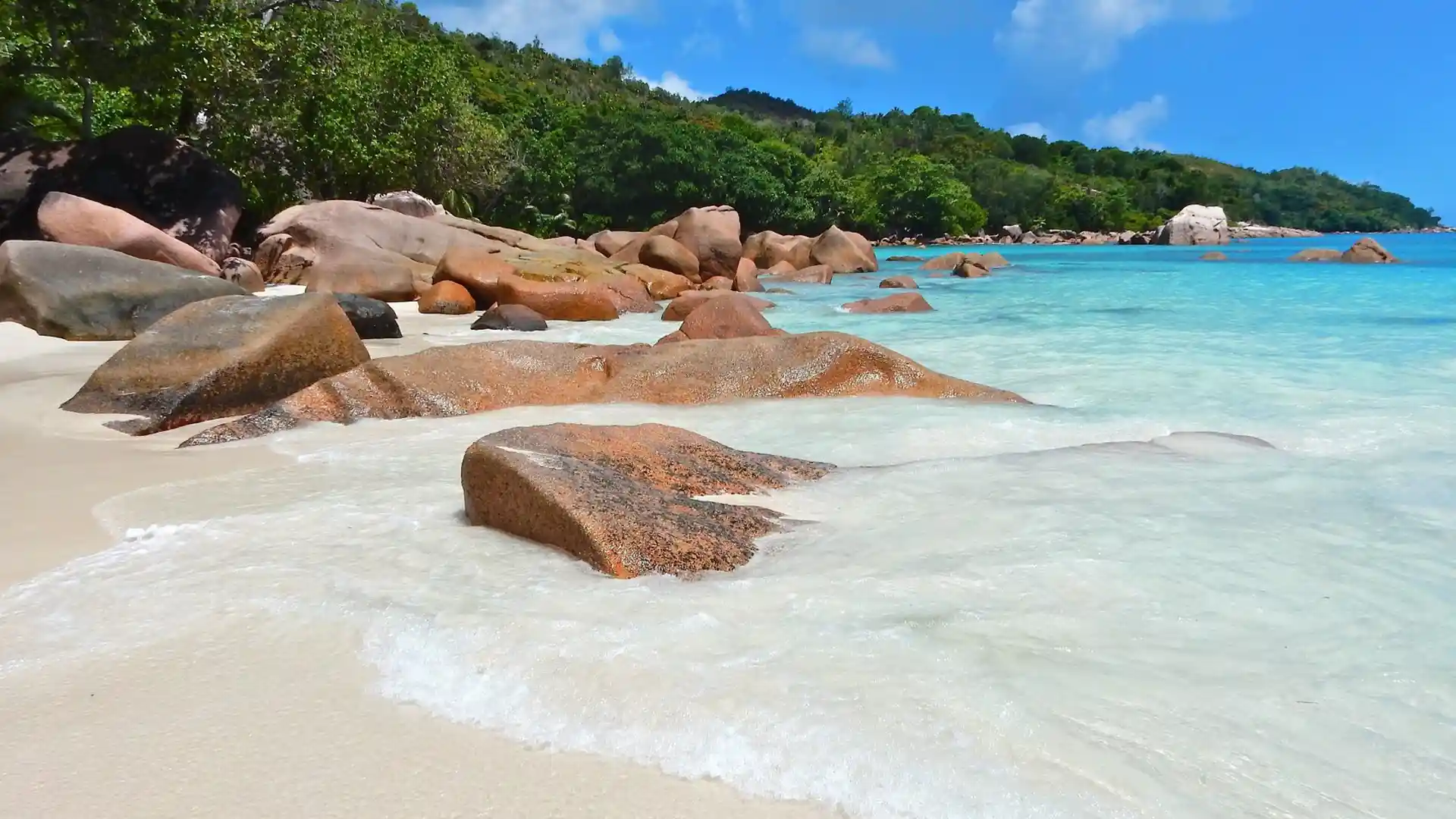Experience Breathtaking Seychelles
Experience Breathtaking Seychelles Seychelles
About Seychelles
Seychelles, an exquisite archipelago in the Indian Ocean, is a paradise known for its pristine beaches, crystal-clear waters, and lush tropical landscapes. Comprising 115 islands, Seychelles offers a tranquil escape for nature lovers and adventure seekers alike. The islands are home to some of the world’s most beautiful beaches, such as Anse Source d’Argent and Beau Vallon, where white sands meet turquoise waters, perfect for swimming, snorkeling, and diving. The vibrant coral reefs surrounding the islands teem with marine life, offering spectacular underwater experiences. Seychelles also boasts unique biodiversity, with endemic species like the Aldabra giant tortoise and the rare coco de mer palm. Visitors can explore the verdant interiors of islands like Mahé, Praslin, and La Digue, where nature reserves and national parks preserve the archipelago’s natural beauty. The Seychellois culture, a rich blend of African, European, and Asian influences, is reflected in the islands’ music, dance, and cuisine.
Seychelles, an archipelago of 115 islands in the Indian Ocean, has a unique and intriguing history shaped by its isolation and strategic location. The islands remained uninhabited until the 16th century when European explorers first documented them.
The earliest recorded sighting of Seychelles was by Portuguese explorer Vasco da Gama in 1502, who named the islands after himself, calling them the “Admiral Islands.” However, it was not until the mid-18th century that Seychelles saw its first settlers. In 1756, the French formally claimed the islands, naming them after Jean Moreau de Séchelles, the French Minister of Finance.
French settlers established plantations on the islands, cultivating crops such as sugarcane, cotton, and spices. They brought enslaved Africans to work on these plantations, laying the foundation for Seychelles’ diverse demographic makeup. The islands became a strategic stopover for trade ships traveling between Africa, Asia, and Europe.
In 1794, during the French Revolutionary Wars, the British took control of Seychelles. Despite French efforts to retain the islands, they were ceded to Britain in 1814 under the Treaty of Paris. British rule saw the continued development of the plantation economy, with Seychelles serving as a key point in the maritime routes of the British Empire. The abolition of slavery in 1835 led to significant changes in the social and economic landscape, with many freed slaves remaining on the islands as laborers.
The 20th century brought significant political changes. The push for self-governance gained momentum after World War II, leading to the formation of political parties and a growing movement for independence. On June 29, 1976, Seychelles achieved independence from Britain, with James Mancham as the first President and France-Albert René as Prime Minister.
The early years of independence were marked by political turmoil. In 1977, a coup d’état led by France-Albert René ousted Mancham, and René became President. René’s socialist policies aimed at reducing inequality and promoting social welfare, although his rule was also characterized by political repression. Multi-party democracy was restored in 1993, leading to greater political stability and economic development.
Geography
Seychelles, an archipelago of 115 islands in the Indian Ocean, lies off the eastern coast of Africa, northeast of Madagascar. The country covers a total land area of approximately 459 square kilometers, with the islands scattered over an exclusive economic zone of 1.4 million square kilometers. This tropical paradise is renowned for its stunning beaches, lush vegetation, and unique granite formations.
The archipelago can be divided into two main groups: the granitic Inner Islands and the coralline Outer Islands. The Inner Islands, including Mahé, Praslin, and La Digue, are the most populated and developed. Mahé, the largest island, is home to the capital city, Victoria, and the majority of the country’s population. These islands are characterized by their rugged terrain, with lush rainforests and granite peaks, such as Morne Seychellois, the highest point in Seychelles at 905 meters.
The Outer Islands, located further from the main group, are mostly low-lying coral atolls and sand cays, less populated and less visited. These islands offer pristine marine environments, with rich biodiversity and numerous opportunities for diving, snorkeling, and fishing. Notable islands in this group include Aldabra Atoll, a UNESCO World Heritage Site, known for its large population of giant tortoises, and the remote Amirante Islands.
Climate
Seychelles, a group of islands in the Indian Ocean where people speak a mix of French, English, and Seychellois Creole.
Seychellois Creole is the most spoken language, kind of like the island’s own special language. About 91% of the people here speak it. They often mix in some English words and phrases, making it unique and interesting.
English is also important, spoken by around 5.1% of the population. In business and official meetings, people usually use English. Most official websites are in English too.
French is spoken by a small percentage, around 0.7%, adding a touch of culture to Seychelles.
When the National Assembly has its meetings, they use Seychellois Creole, but when they make laws, it’s all in English.
Getting In
Traveling to Seychelles is a breeze, with simple entry procedures. Check the visa requirements on the official government website and complete the necessary paperwork before your trip.
By Air: Start your Seychelles journey at Seychelles International Airport in Victoria, the capital city. It’s about a two-hour drive from Victoria, so plan accordingly for traffic and security checks.
By Road: Explore Seychelles by road, enjoying the diverse landscapes. You can take comfortable and scenic bus rides from Victoria to towns like Beau Vallon and Anse Royale, discovering the beauty of the island.
By Minibus: Opt for minibuses for a budget-friendl
Getting Around
By Air: Starting your Seychelles journey is simple – land at Seychelles International Airport in Victoria. Getting there from the city might take about two hours, considering the occasional traffic on the main road leading to the airport. Don’t forget to be patient during security checks.
By Road: Discovering Seychelles by road is a treat. Buses are comfy, especially on highways where they stick to a safe speed. Get ready for a winding journey through the island’s beautiful landscapes.
By Minibus: For a budget-friendly and quick way to get around towns and rural areas, hop on a minibus. They follow set routes, making your island exploration swift and easy.
By Rental Car: Want to explore Seychelles at your own pace? Rent a car from well-known agencies in Victoria, Beau Vallon, or Anse Royale. If you go for a local rental, check the car thoroughly for any existing damages before driving off.
By Boat: Enjoy the coastal views with boat transfers to nearby islands or private charters. It’s a limited but delightful option to see Seychelles from a different perspective.
Seychellois Rupee (SCR)
The main currency you’ll use is the Seychellois Rupee (SCR). It’s what you need for most purchases and transactions on the islands.
US Dollar (USD)
You might also come across the US Dollar (USD), especially in tourist areas. Think of it as a handy addition to the local currency.
Euro (EUR):
While not as common, the Euro (EUR) is another currency you might encounter in Seychelles. It gives you more options for transactions.
General Knowledge Base
General information about Seychelles.
There are 115 islands in Seychelles, scattered across the Indian Ocean.
The national bird of Seychelles is the Seychelles Black Parrot, which can only be found on the island of Praslin.
The highest point in Seychelles is Morne Seychellois, which stands at 905 meters (2,969 feet) tall.
The official languages of Seychelles are Seychellois Creole, English and French.
The currency of Seychelles is the Seychellois Rupee (SCR).
The Aldabra Atoll, located in Seychelles, is the world’s largest raised coral atoll.
Anse Source d’Argent, located on the island of La Digue, is the most famous beach in Seychelles.
The traditional music of Seychelles is called moutya and is usually accompanied by a dance.

